SIP + Travel
Wine Region Series: Piedmont’s Bounty
From Barolo and Beyond
WRITTEN BY Jillian Dara
|
Published On: November 13, 2024
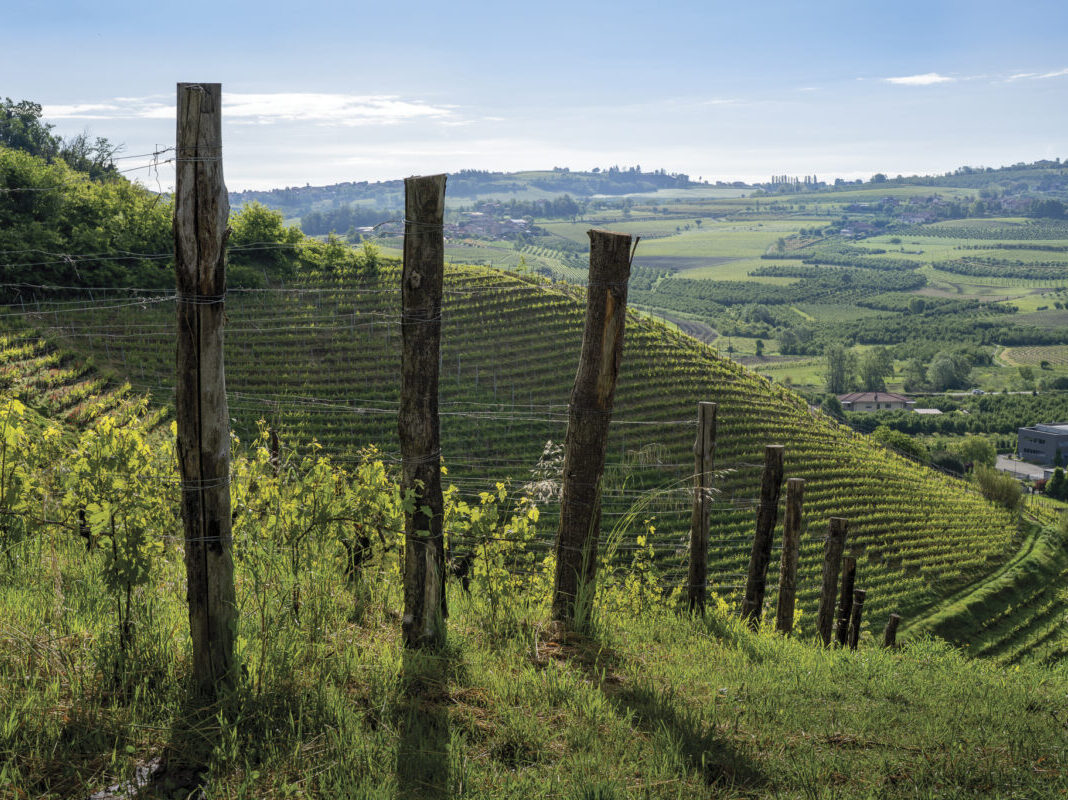
Photo courtesy of Valfaccenda
The topography of Piedmont is mesmeric, with rolling hills like Candyland for adults, each meandering byway connecting winery after winery for unlimited exploration. The hilltop villages flaunt castles, Romanesque churches, and pockets of farmland that fill any sporadic void between the region’s prized vines. The land is so vast and awe-inspiring it should come with a warning: no matter how much time one devotes to the destination, it’s never enough.
Sprawling across northwest Italy, this world-renowned wine region is celebrated for its robust red expressions like Barolo and Barbaresco, but beyond these appellations — called Denominazione di origine controllata (DOC) and Denominazione di origine controllata garantita (DOCG) — Piedmont is brimming with neighboring designations that offer as noteworthy expressions of the region’s noble Nebbiolo grape. In fact, the vineyard landscapes of Langhe-Roero and Monferrato in Piedmont are recognized on UNESCO’s Intangible Cultural Heritage list, showcasing that all five of the region’s winegrowing areas — comprising 19 DOCGs and 41 DOCs — are worthy of a visit.
For as luscious and world-renowned as Piedmont’s Nebbiolo wines are — most famed for their DOC and DOCG Barolo and Barbaresco — the Langhe-Roero and Monferrato valleys produce lesser reputed red varieties like Barbera and Dolcetto as well as crisp white wines like Arneis and Cortese. Piedmont also produces the sparkling variety of Moscato d’Asti.
Any trip to Piedmont should certainly start in Barolo, the village where the eponymous wine is made from 100% Nebbiolo and aged for a minimum of three years. The town is walkable, lined with cafes, wine bars, and cellars like the famed Marchesi di Barolo and within a short drive of Barolo’s greats, like G.D. Vajra, Damilano, Elvio Cogno, Morra Diego, Fratelli Serio & Battista Borgogno and Tenuta Carretta.
Barbaresco is about 15 miles northeast, where the legendary Gaja awaits, along with other walkable options to Luigi Giordano and Musso. Like Barolo, the DOCG wine is also named after its hilltop village and the vineyards within its limits; the wine is 100 percent Nebbiolo that’s been aged for a minimum of two years, nine months of which must be aged in oak barrels. Montaribaldi, Marchesi di Grésy, and Cascina Delle Rose are other notable cellar visits.
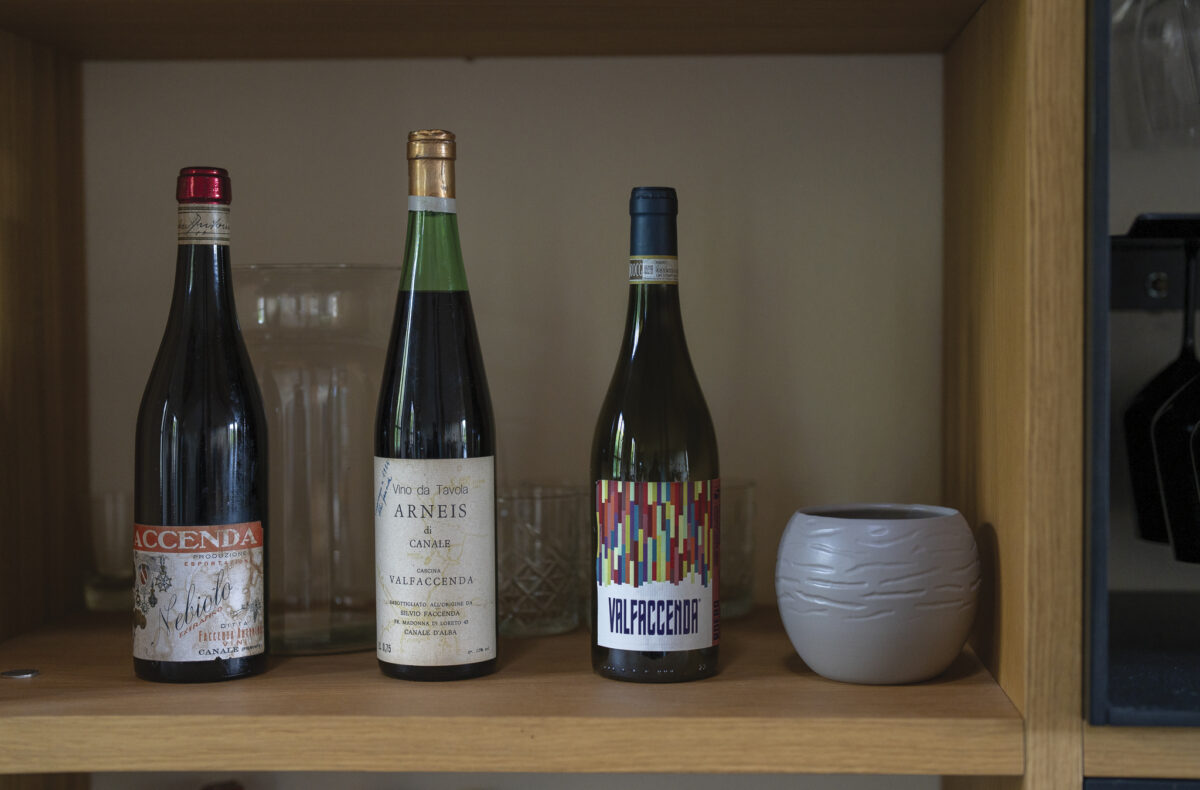
Valfaccenda
Start traveling off the beaten path with a trip to Roero, about 20 miles north of the village of Barolo. Valfaccenda produces an exceptional example of Nebbiolo in the form of Roero Rosso Riserva DOCG, which is gripping and firm with a clean minerality. Their Roero Arneis is also impressive, a balanced white wine with a savory quality imparted by the sandy, steep hills of the Roero Valley. // www.valfaccenda.it
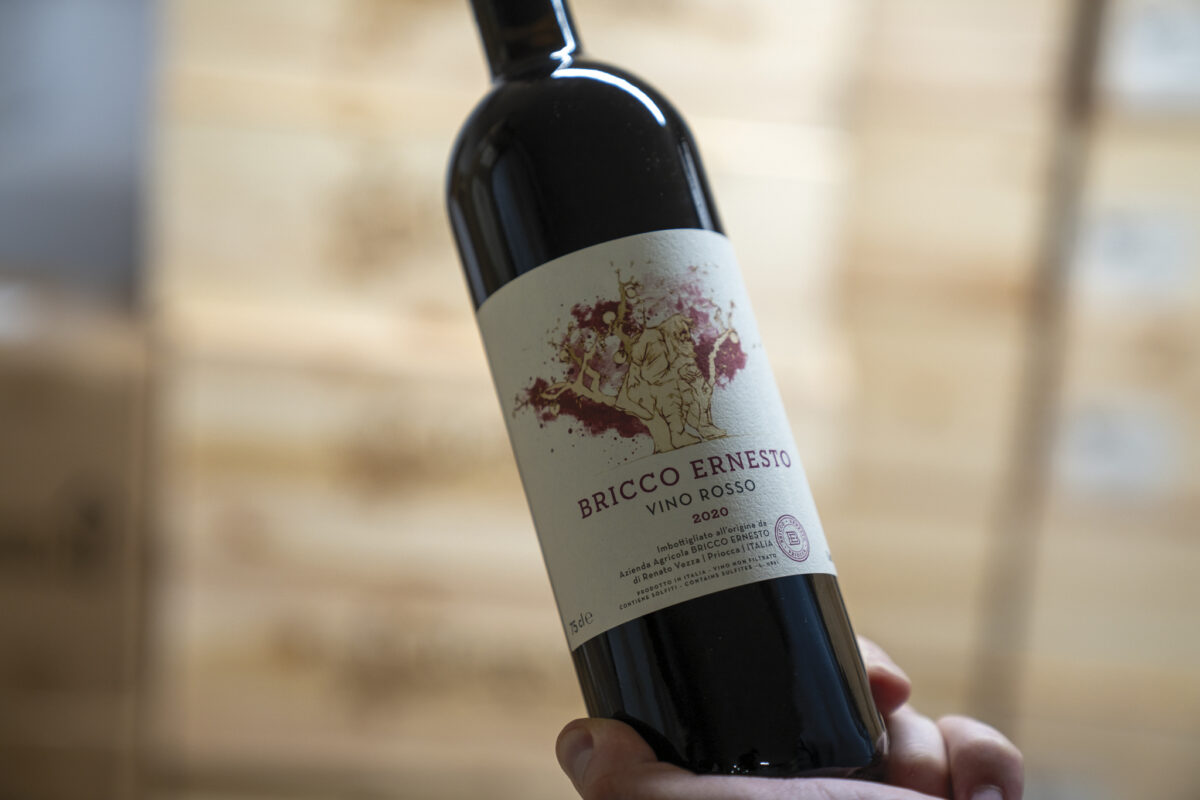
Photo courtesy of Bricco Ernesto
Bricco Ernesto is another small operation in the Roero, producing some 4,000 bottles a year, concentrating on their Rosso (Nebbiolo) and Bianco (Arneis); a stop here is necessary as the bottles don’t always make it stateside. // www.vfwines.com/bricco-ernesto
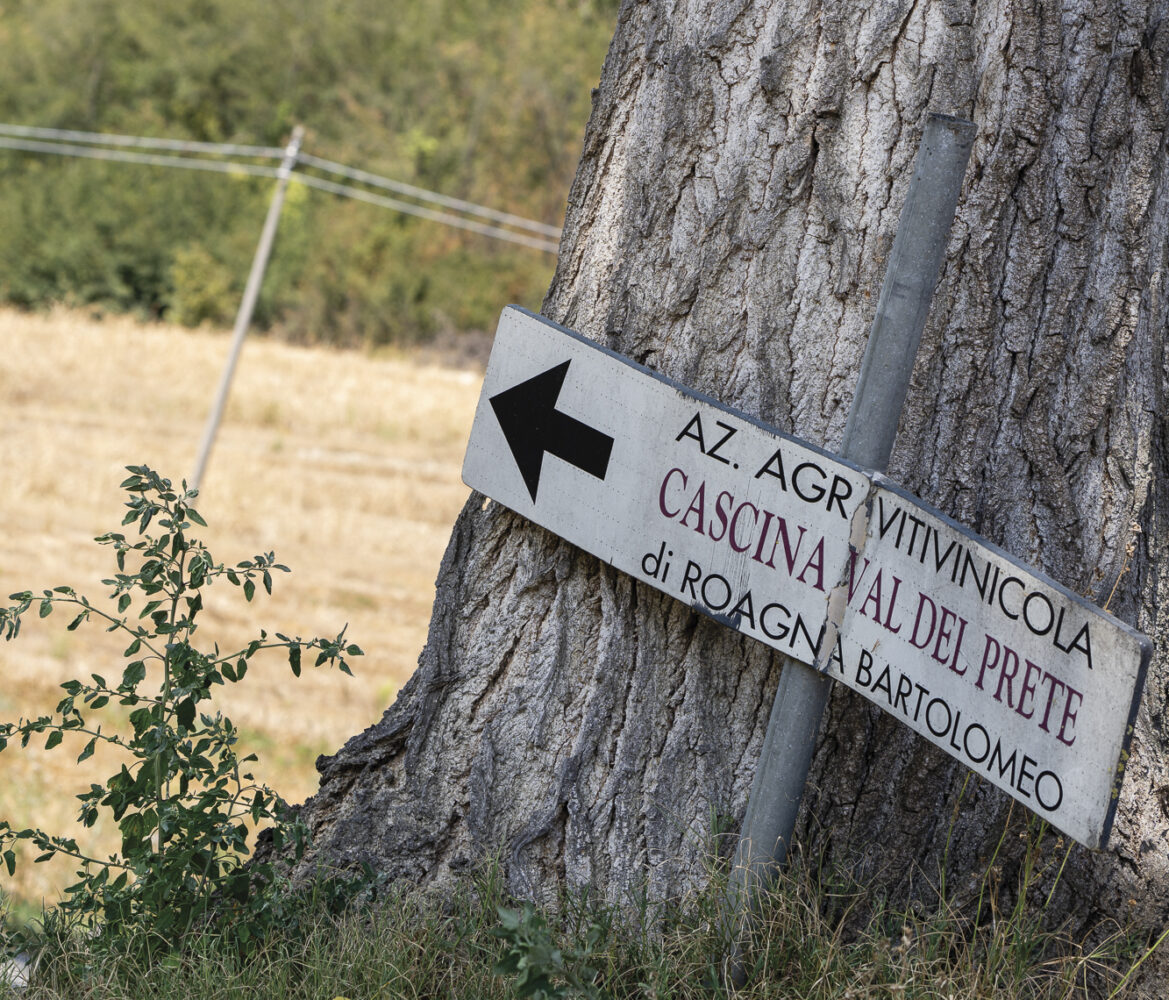
Photo courtesy of Cascina Val Del Prete
At Cascina Val Del Prete, there’s slightly more variety, with different expressions of Rosso, including a Riserva and a blend of Nebbiolo and Barbera, which they call Prete Rosso. Cascina Val Del Prete also produces Arneis and Barbera d’Alba, and Nebbiolo d’Alba from their vineyards in the respective DOCGs. // www.valdelprete.com
Traveling south of Barolo, fall in love with Dolcetto in Dogliani. Chionetti is a family-owned estate dating back to the 19th century; their single vineyard series of Dogliani DOCG comprises 100% Dolcetto grapes grown at their San Luigi, Briccolero, and La Costa estate vineyards in the San Luigi Valley. They also grow Nebbiolo, Barbera, and Riesling, an unexpected gem in the sea of red wines. // www.chionetti.com
Barbera d’Alba is something many wineries of the region produce in addition to the other big Bs. The wine is either a single varietal Barbera or a majority of Barbera blended with Nebbiolo. When served young, Barbera d’Alba showcases overripe fruits like plum and baking spice, but thanks to the wine’s aging potential, these characteristics can also mature elegantly after cellaring for 10 to 20 years.
Finally, one can’t leave without tasting through a flight of Barbera d’Asti; the producers mentioned above will likely have already showcased the high-acid wine with bright strawberry and red cherry qualities, but in case they haven’t, swing by Vietti Trevie, La Spinetta, and Coppo.
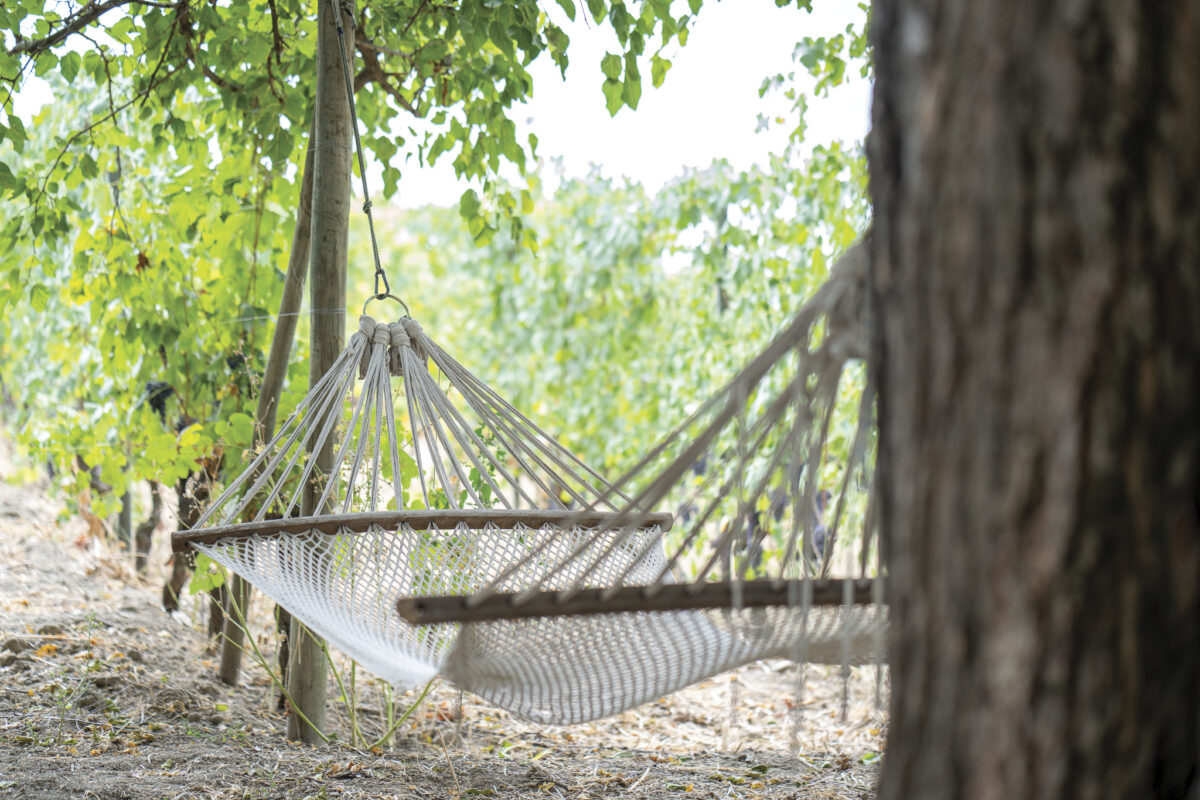
Photo courtesy of Le More Bianche
Stay
There’s no shortage of vine-encompassed accommodations throughout Piedmont. Whether seeking a stay in the heart of the countryside or atop one of the historic towns, there’s something for everyone.
Villa La Madonna has 18 individually decorated rooms with a balcony or terrace overlooking the Bormida Valley. The family-run boutique hotel offers rustic charm with modern comforts, like a scenic swimming pool, luxury spa, and charming courtyard for aperitivo hour. // www.villalamadonna.com
Villa d’Amelia is ideal for Barbaresco aficionados as it’s only 20 minutes from the main village. Its notable features are poolside loungers with unparalleled vineyard vistas, haute cuisine DaMà restaurant, and 38 rooms and suites to keep a stay here intimate. // www.villadamelia.com
Il Boscatero Resort & Spa combines wine and wellness in Serralunga d’Alba. Gastronomic travelers will also delight that the resort hosts two-Michelin star La Rei Natura by Michelangelo Mammoliti. Valley views are utterly unobstructed from most of Boscareto’s common areas and undoubtedly from the 49 rooms. // www.ilboscaretoresort.it
Nordelaia is a relative newcomer to Piedmont, in the southern commune of Cremolino. The design hotel is positioned on the outskirts of Piedmont’s wine landscape (about an hour from Barolo). However, it’s still surrounded by prolific vines, meaning there’s still plenty of wine to explore nearby, including the property’s own Barbera and Dolcetto red and rosé wines. Another advantage of this locale is its proximity to the region’s capital city of Turin. // www.nordelaia.com
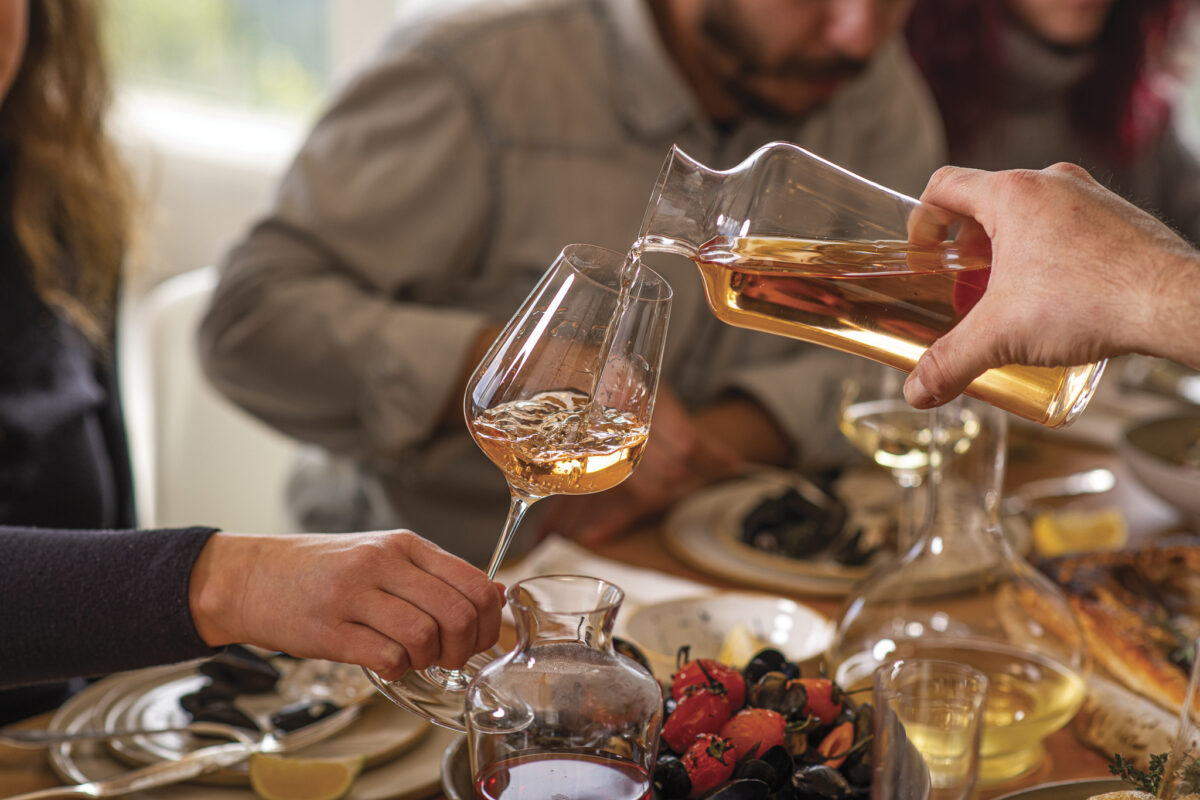 Dine
Dine
Piedmont’s bounty of culinary delights makes narrowing down a sacred list of reservation-deserving restaurants challenging. There are some must-eats like the lengthy list of Michelin-starred fine dining, including Borgo Sant’Anna in Monforte d’Alba, Massimo Camia in Alba, Il Centro in Priocca and Piazza Duomo in Alba. However, some might say the best part about bopping through the panoramic hillsides are the unassuming enotecas and pizzerias tucked into the back of a cobblestone street.
Le Case della Saracca, for example, at the heart of medieval Monforte d’Alba is a towering stone 15th-century market-turned-wine bar and restaurant. Stop by for aperitivo hour for a buffet-style of ornate tapas like marinated antipasto artichokes, fritto misto alla Piemontese, a selection of olives, and local cheeses and charcuterie.
Piemontese cuisine is hearty and meat-centric; look for these staples on menus to ensure an authentic experience:
• Bagna Cauda is a warm sauce of olive oil, garlic, and anchovies traditionally served at the table’s center as a bread accompaniment.
• Castelmagno is an ancient, semi-hard cheese produced with milk obtained from cattle of the Piemontese breed; it is served by itself and melted over potato gnocchi.
• Risotto al Barolo is as it sounds: risotto cooked in Barolo wine.
• Brasato al Barolo is a meat stew cooked for hours, resulting in fall-off-the-bone tender meat.
• Tajarin with white truffle is a dish that defines “the simpler, the better” as thin egg pasta noodles are topped with white truffle during the autumn harvest season.
• Vitello tonnato is a unique, shareable dish of thin veal slices topped with a salty tuna sauce.
• Baci di dama is a sweet finish to any meal; a crumbly, buttery cookie sandwiched together by a chocolate spread.
 White Truffle Season
White Truffle Season
Autumn is perhaps the most satiating period to visit Piedmont, and that’s because the region’s beloved white truffle is in season. From September to December, the indulgent and umami white truffle is shaved atop simply prepared dishes from Alba to Asti, including the aforementioned tajarin al tartufo, as well as poached eggs, risotto, beef, and anything that acts as a vessel to enjoy this seasonal delight. For a more interactive experience, sign up for a truffle hunting tour where an authentic hunt with Piemontese pups transitions into a mouthwatering lunch or learn a new recipe during a hands-on cooking class. Piedmont Food and Wine offers multiple excursions and opportunities to devour the white truffle. // www.piedmont-foodandwine.com
